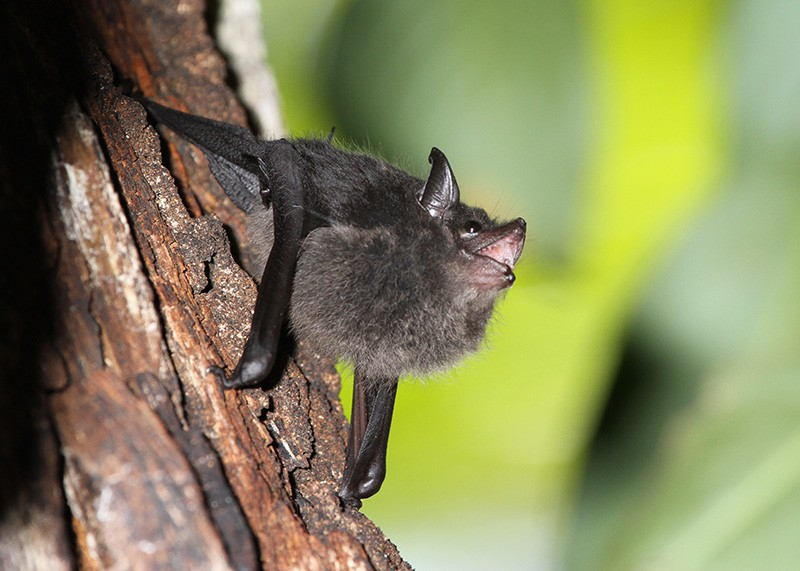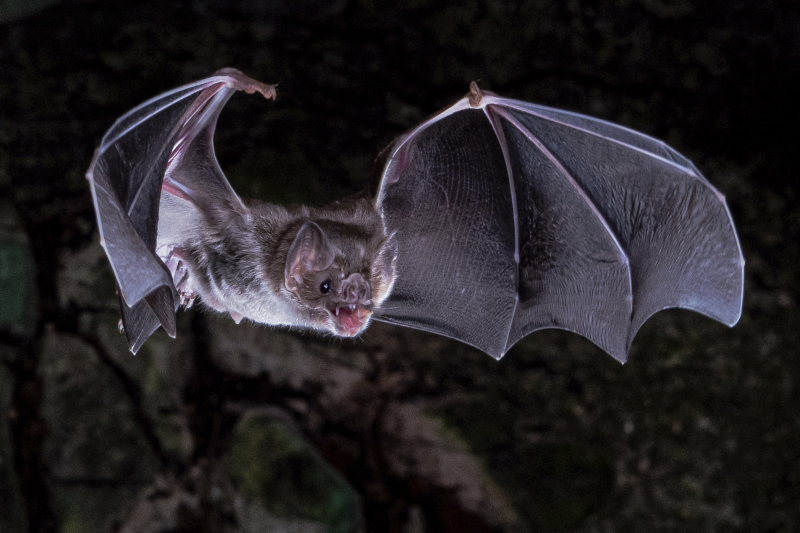Bats
Mammals in the Chiroptera order include bats. They are the only animals that can truly and continuously fly because to the adaptation of their forelimbs as wings. When flying, bats are more nimble than most birds because they use their extremely long, spread-out fingers, which are protected by a thin membrane called a patagium.
A variety of foods, including insects, nectar, pollen, fruit, and even vertebrates, are consumed by various bat species. Bats must eat a lot of food relative to their size because of their tiny stature, strong metabolism, and quick energy loss during flying. Compared to frugivorous bats, insectivorous bats can consume more than double their body weight in food. In quest of food, they can cover considerable distances each night, in the case of the spotted bat (Euderma maculatum), up to 38.5 km (24 mi). Bats employ a range of hunting techniques. Many species of bats also drink from water sources like lakes and streams by hovering over the surface and dipping their tongues into the water. Bats obtain the majority of their water from the food they consume.
These nocturnal animals are renowned for having a keen hearing sense that enables them to find their prey in the dark. Bats have a high sense of smell in addition to their excellent hearing, which helps them discover food even more. When a bat comes upon a scorpion, it will use its strong claws to catch it and then consume it.














